Introduction
What Sound Does A Rabbit Make: Curious and captivating, the world of animal sounds offers a symphony of communication that transcends language barriers. Amidst this auditory tapestry, one might wonder, “What sound does a rabbit make?” Often associated with their adorable appearance and swift movements, rabbits communicate through a range of vocalizations and nonverbal cues that provide insights into their emotions and interactions. As creatures of both the wild and the domestic realm, rabbits’ sounds play a vital role in their survival and social dynamics, inviting us to explore the intriguing auditory realm of these small, yet significant, inhabitants of our natural world.
Rabbits, though not as vocally expressive as some other animals, communicate through a combination of vocalizations, body language, and scent marking. Their sounds are subtle yet meaningful, tailored to convey various emotions, warnings, and social cues.
Understanding rabbit rodent sounds and their nonverbal cues is essential for both rabbit owners and enthusiasts and researchers studying wild rabbit behavior. These seemingly simple sounds and actions play a vital role in maintaining social harmony, avoiding conflicts, and ensuring the survival of these gentle creatures in their natural habitats.
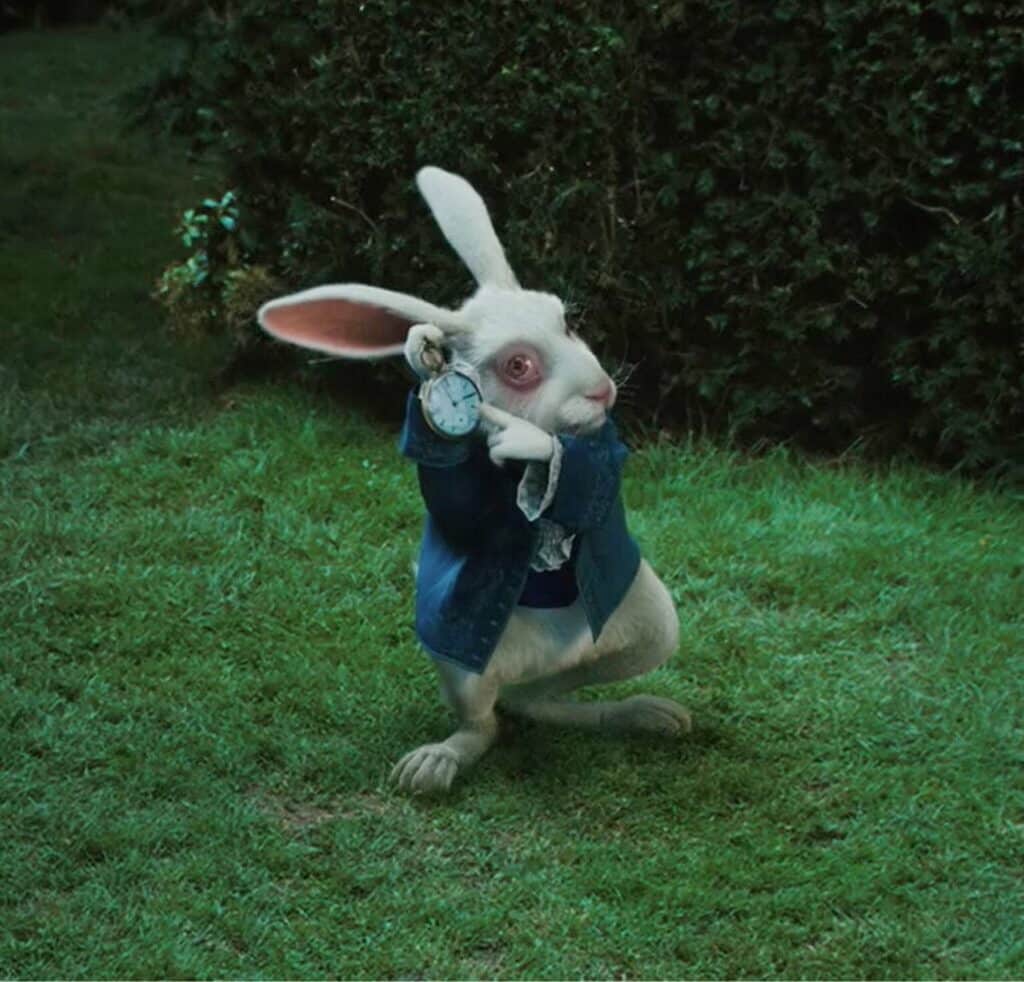
What is the sound of rabbit?
Most commonly, rabbits make muttering sounds amongst themselves or squeal when they’re in pain. Sometimes they cluck or chug in their sleep, much like humans snore. People may be able to hear them darting through vegetation or digging if they’re close enough.
1. Thumping
One of the most distinct and recognizable sounds associated with rabbits is the thumping of their hind legs. When a rabbit senses danger or perceives a potential threat, it will stomp its powerful hind legs against the ground. This creates a rhythmic thumping sound that serves as an alarm to alert other rabbits in the vicinity. This behavior has earned them the nickname “thumpers” and is an essential part of their survival strategy in the wild.
2. Purring
Rabbits also engage in a gentle, rhythmic purring sound. This sound is often accompanied by a relaxed body posture, indicating contentment and comfort. Purring is commonly heard when rabbits are enjoying gentle petting or when they are resting in a comfortable and secure environment. It’s a sound that signifies a sense of well-being and relaxation.
3. Whining or Whimpering
Rabbits may emit soft whining or whimpering sounds, especially when they are in pain, feeling anxious, or seeking attention. These high-pitched, almost plaintive sounds can be an indication that something is amiss, and the rabbit may need medical care or a reassurance from its owner.
4. Growling and Grunting
While not as common, rabbits can also produce growling or grunting sounds. These sounds are usually signs of aggression or territorial behavior. Rabbits may growl or grunt when they feel threatened by other rabbits or animals encroaching upon their territory. It’s a clear warning to stay away.
Does a rabbit squeak?
Yes, rabbits squeak. Much like how cats meow, a rabbit can squeak in many different ways to signify different feelings. If you hear a deep squeak, it can mean the rabbit is scared. A high pitch squeak, meanwhile, can mean the rabbit is happy.
1. Pain and Distress
One of the primary reasons a rabbit might squeak is when it is experiencing pain or distress. If a rabbit injures itself, is caught in a tight space, or is handled too roughly, it may emit a series of short, high-pitched squeaks. These squeaks serve as a clear signal that the rabbit is in discomfort and needs attention or assistance.
2. Fear and Threat
Rabbits are prey animals, and their natural instincts make them highly sensitive to potential threats. When confronted with a perceived danger, such as a predator or an unfamiliar and intimidating situation, a rabbit might squeak as a vocal response to express its fear and to warn other rabbits of the potential danger. This type of squeaking is often accompanied by defensive behaviors, such as freezing or attempting to hide.
3. Social Interactions
While not as common, rabbits may emit squeaks during social interactions, especially during times of conflict or when establishing dominance within a group. These social squeaks can be part of communication between rabbits, signaling various emotional states or intentions. However, social squeaks are usually less intense and distressing than those emitted due to pain or fear.
4. Mating and Courtship
During mating and courtship rituals, rabbits might produce a range of vocalizations, including squeaks. These sounds are part of the rabbits’ communication during the complex process of attracting a mate and establishing mating readiness. Male rabbits, in particular, may make squeaking-like sounds as part of their courtship behaviors.
Why is Bunny making noises?
If a rabbit is honking, grunting, and circling, it’s a sign that the mating dance has begun. Both males and females make these noises. If your rabbits have been neutered, they may honk and grunt out of general excitement, like if they see you coming with a treat. They may also do it to get your attention.
1. Communication
While not as vocal as some other pets, bunnies do communicate through various sounds. They might emit soft grunts, honks, or even gentle purring-like sounds to express their emotions or needs. These sounds are often subtle and may require attentive listening to notice. Communication noises can signify contentment, curiosity, or a desire for attention.
2. Expressing Emotions
Bunnies have a wide range of emotions, and these can be reflected in their sounds. They might squeal, grunt, or emit short, high-pitched noises when they are scared, in pain, or feeling threatened. On the other hand, bunnies might purr, hum, or make soft cooing sounds when they are relaxed, comfortable, or content.
3. Seeking Attention
Bunnies are social animals and enjoy interacting with their human companions. Some bunnies might make noises, such as soft grunts or nudging sounds, to get the attention of their owners. These noises can be an indication that they want to play, be petted, or simply engage in some form of interaction.
4. Warning Signals
In the wild, rabbits are known to thump their hind legs on the ground as a way of warning other rabbits about potential danger. While domesticated bunnies might not exhibit this behavior as much, some rabbits might still stomp their feet or make noises if they perceive something unfamiliar or alarming in their environment.
Does a rabbit grunt?
Grunting is part of the mating ritual, and is heard from both male and female rabbits. Female rabbits may also grunt whilst pregnant and when they have young kits, as they are protective over their young.
1. Expressing Discomfort or Irritation
Rabbits might grunt when they are experiencing discomfort, irritation, or mild pain. This can happen if they are handled in a way they don’t like, if they are in a situation that makes them uneasy, or if they are trying to express their displeasure with something in their environment. Grunting in these situations serves as a way for rabbits to communicate that they are not happy with the current circumstances.
2. Warning or Defensive Behavior
Grunting can also be a warning or defensive vocalization in rabbits. If a rabbit perceives a threat, whether from another animal, a perceived danger, or a situation they find intimidating, they might emit a series of grunts as a way to communicate their unease and signal potential danger to others.
3. Establishing Dominance or Territory
In multi-rabbit households or when rabbits are interacting with each other, grunting can be a part of establishing dominance or asserting territory. Rabbits might grunt as a way of communicating their hierarchy or asserting their space. These interactions can sometimes involve other body language cues, such as posturing or nudging.
Why is rabbit silent?
Why do rabbits keep so silent? Well, here we have listed some of the reasons behind their veil of silence: Predators: In the wild, rabbits have various predators and so they have to keep their volume low. Even if a predator can smell them, it will have a hard time locating the rabbit if it cannot hear their sound.
1. Prey Instincts
Rabbits are prey animals in the wild, meaning they are often hunted by predators. To avoid drawing attention to themselves, they have evolved to be relatively quiet. Making loud or frequent noises could potentially attract predators, so rabbits have developed other ways to communicate and interact with their environment.
2. Communication Through Body Language
Rabbits primarily communicate through body language. They use a combination of ear positions, tail movements, body postures, and facial expressions to convey their emotions, intentions, and reactions to various situations. This non-verbal communication is highly effective for rabbits in their natural environment.
3. Limited Vocalizations
While rabbits do have the capacity to produce sounds, their range of vocalizations is not as extensive as that of some other animals. The vocalizations rabbits make, such as grunts, honks, and soft cooing sounds, are often subtle and low in volume. These sounds serve specific purposes like expressing discomfort, alerting to danger, or during courtship.
Do rabbits cry or make noise?
Rabbits cry when they are in pain, scared, or about to die. Also, baby rabbits (kits) cry when they are starving. Even though rabbits make crying noises, they don’t produce any tears. If your rabbit’s eyes are wet or weeping, she may have a dental disease, allergies, or an infection.
1. Grunting and Growling
Rabbits can produce grunting or growling sounds. These noises are often associated with feelings of discomfort, displeasure, or even pain. A rabbit might grunt when it’s handled in a way it doesn’t like, when it’s annoyed by another rabbit or a situation, or when it’s asserting dominance.
2. Honking
During courtship or mating, male rabbits might emit honking sounds. These sounds are part of their communication with females during the breeding season. Honking can indicate a rabbit’s readiness to mate.
3. Thumping
Thumping is one of the most distinctive noises rabbits make. When a rabbit feels threatened or senses danger, it can thump its hind legs on the ground to alert other rabbits in the area. Thumping is a warning signal that something unusual or potentially dangerous is happening.
4. Purring and Humming
Rabbits can also emit soft purring or humming sounds, often accompanied by contented behavior. Purring usually indicates relaxation, comfort, and a positive emotional state. You might hear these noises when you’re gently petting or interacting with your rabbit in a calm environment.
5. Squealing
When rabbits are in pain, feeling extreme distress, or are caught in a situation that scares them, they might emit high-pitched squealing sounds. These noises are a clear sign that the rabbit is in distress and needs attention or help.
How do rabbits sneeze?
Rabbits will sneeze because their nasal passage becomes irritated. This can happen because an external object, such as a small particle of dust, makes its way up the rabbit’s nose. Their nose can also be irritated from an internal infection or build-up of mucus in the nasal passage.
1. Mechanism of Sneezing
When a rabbit’s nasal passages become irritated by dust, pollen, particles, or other foreign substances, its body triggers a sneezing reflex. The sneezing reflex is a protective mechanism designed to forcefully expel these irritants from the rabbit’s nasal passages. It involves a rapid intake of air followed by a sudden and forceful exhalation, which propels the irritants out of the nose.
2. Clearing the Respiratory System
Sneezing is essential for maintaining the health of a rabbit’s respiratory system. By sneezing, rabbits remove potential irritants that could cause respiratory distress or infection. This is particularly important for rabbits because they are prone to respiratory issues, and maintaining clear airways is vital to their overall well-being.
3. Environmental Factors
Rabbits might sneeze more frequently in dusty or poorly ventilated environments. Bedding materials, hay, or other particles in their living space can contribute to nasal irritation and trigger sneezing. It’s important for rabbit owners to provide clean and well-ventilated living conditions to minimize potential irritants.
Do rabbits make little noises?
Rabbit sounds, such as purring, teeth grinding, and clucking, can tell you a lot about how your rabbit is feeling. Rabbits communicate with others through quiet sounds as well as their body language.
1. Purring and Humming
Rabbits can emit soft purring or humming sounds, which are often associated with contentment and relaxation. These gentle noises usually indicate that a rabbit is feeling comfortable and safe in its environment. Purring is commonly heard when a rabbit is being petted or cuddled.
2. Cooing or Soft Grunts
Rabbits might produce cooing or soft grunting sounds, especially when they are exploring or curious about something in their surroundings. These noises can also be a sign of mild contentment or interest.
3. Gurgling or Honking
During courtship and mating, male rabbits may emit gurgling or honking sounds. These noises are part of their communication with females during the breeding season and can signal their readiness to mate.
4. Sighing or Snorting
Rabbits might occasionally make sighing or snorting noises, which can convey a range of emotions from relaxation to curiosity. These small sounds are often subtle and can indicate a rabbit’s current mood.

Conclusion
In the intricate tapestry of animal communication, the sounds that rabbits make serve as a captivating thread, woven with subtle nuances and rich meanings. While not as boisterous as some creatures, rabbits have developed an array of vocalizations, body language, and scent marking to effectively convey their emotions, intentions, and warnings to both fellow rabbits and the world around them.
From the soft purring that emanates when they’re at ease to the urgent foot thumping that alerts of potential danger, rabbits demonstrate a remarkable ability to adapt their sounds to a variety of situations. The delicate balance of grunts, growls, and even distressing screams reflects their dynamic interaction with their environment, fellow rabbits, and potential predators.
Beyond mere sounds, rabbits communicate through the choreography of their bodies—the language of raised ears, flattened tails, and affectionate nuzzles. These nonverbal cues paint a vivid picture of their emotional landscape and social intricacies.

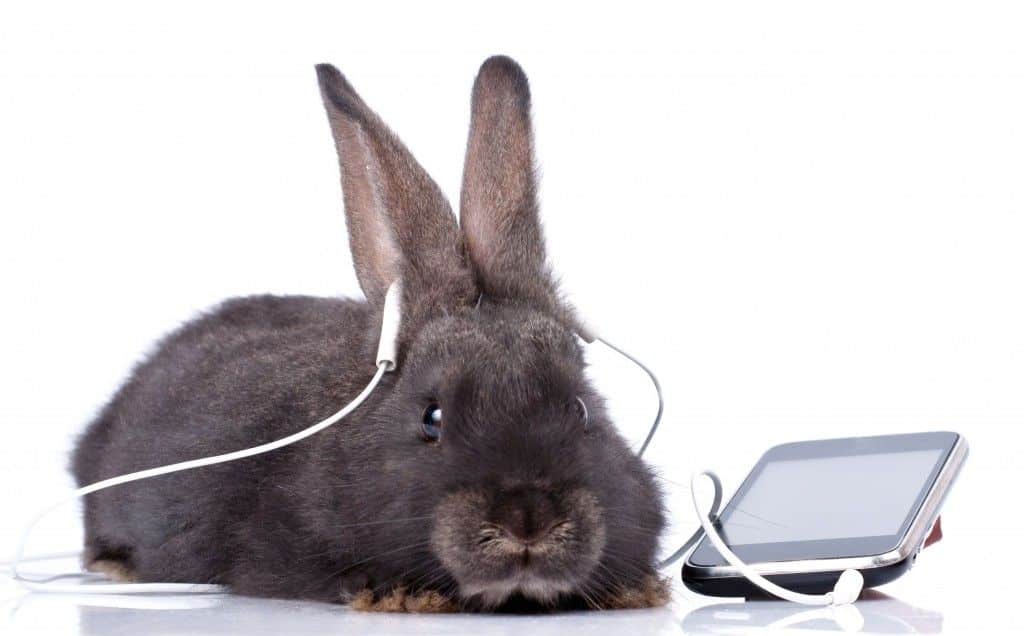
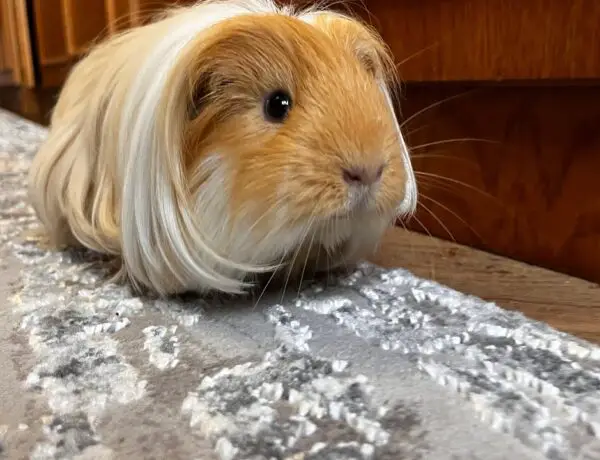
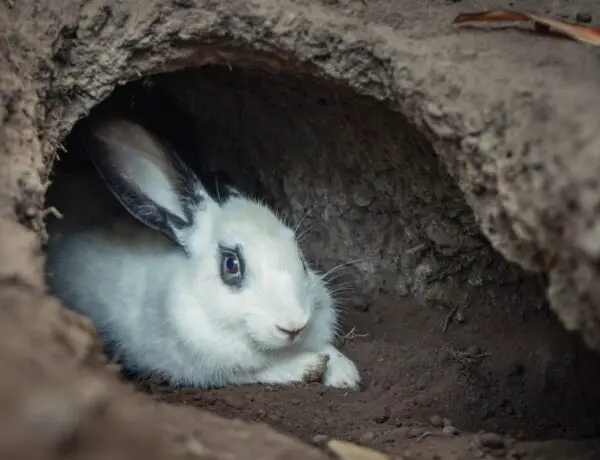
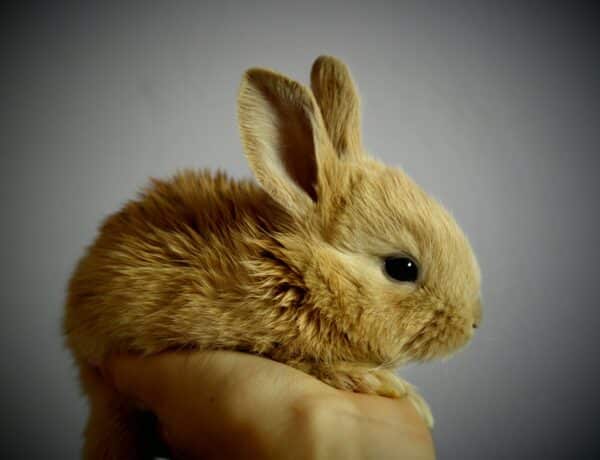
No Comments